On November 20, 2019, the Presbytery of Hudson River formally transferred the title of the former Stony Point Presbyterian church and associated property to the Sweetwater Cultural Center, a newly formed organization dedicated “to promote the education, health and welfare of indigenous or native peoples and to preserve their cultures and ceremonial practices locally, regionally, and around the western hemisphere.” This exciting new mission is the result of a confluence of two historical moments, one in the life of a local congregation and one in the life of the PC(USA).
In the fall of 2017, the congregation of Stony Point Presbyterian Church in Stony Point, NY made the difficult decision to close the church. In asking Hudson River Presbytery to appoint an administrative commission to shepherd this transition, the Session of Stony Point Presbyterian Church made clear that the assets of the church, including the building and grounds, should be managed “in a way that will honor the congregation’s legacy and commitment as a progressive, theologically grounded presence in their community.” So, the Administrative Commission was tasked with a particularly focused type of stewardship – how a piece of property could best be used to further a vision of mission important to the former congregation. It was an invitation to examine the process of church closure in a new way, to dream and to listen to where God was calling us.
At roughly the same time, the Presbyterian Church (USA) was, through actions of several successive General Assemblies, calling the attention of the church to the Doctrine of Discovery, and the damage this perversion of history has done to indigenous peoples of the Americas. The denomination was being asked to re-evaluate what we understood as “ours” and by what authority we claimed that ownership. We were being asked to at least acknowledge the long legacy of settler colonialism in the history of this country, and to realize that we have built our denomination – figuratively and literally – on stolen land.
We were being asked to at least acknowledge the long legacy of settler colonialism in the history of this country, and to realize that we have built our denomination – figuratively and literally – on stolen land.
At this propitious moment, the Administrative Commission of the Stony Point Presbyterian Church was approached by Rick Ufford-Chase, co-director of the Stony Point Center, with a proposal to enter into conversation with Native American leaders in Rockland County, NY. Could this property, instead of being sold, be used to further the mission of the denomination in repudiating the Doctrine of Discovery? Could it become a place of learning, support, and preservation for Native American culture in the Lower Hudson Valley?
We began to talk with Chief Dwayne Perry of the Ramapough-Lenape Nation about whether a transfer of property would be something that would benefit Native American communities in the area and about what the property might be used for. The dream for the Sweetwater Cultural Center came out of these discussions. What this project might become is still emerging. But with the mentorship of Native American leaders from several tribal groups we now have a new reality – a cultural and religious center for Native American groups in the Lower Hudson Valley.
The path to this transfer was not straight and was not without some obstacles. We were moving into new territory. By not pursuing the traditional option of selling the property and using the proceeds for the work of the Presbytery, but rather by pursuing mission in a different way, we brushed up against anxieties, questions about property and power, and competing visions with their own worthwhile claims on our attention. We were opening a conversation about how best to use the resources of a church which feels itself to be in a time of scarcity, and we were broaching the fraught topic of reparations, of moving past apology into direct action.
We were opening a conversation about how best to use the resources of a church which feels itself to be in a time of scarcity, and we were broaching the fraught topic of reparations, of moving past apology into direct action.
We felt grounded by the mission statement of our presbytery. We claim, as a Presbytery, to “engage people’s passions.” This project responds to a concern that we, as a Presbytery, brought before our denomination, that we as a Presbytery advocated for on the floor of our General Assembly. The passion for justice for indigenous peoples called members of our Presbytery to Standing Rock to be in solidarity with Native American peoples there. The same passion has called members of our Presbytery to stand in solidarity with indigenous peoples in Rockland County, NY as they struggle for recognition. It is an issue with deep local roots. For those of us who live in Rockland County, the Ramapough Lenape are our neighbors, and we are called as Christians to be accountable to our neighbors.
Our Presbytery mission statement calls upon us to “build partnerships.” This project is, at its very core, an attempt to build partnerships. The Sweetwater Cultural Center is a partnership between Native peoples and this Presbytery. Members of Hudson River Presbytery will serve on the board of this Center and will participate in shaping its work. It is a partnership in which we, as is appropriate, remain junior partners, walking alongside of, and learning from our siblings. It allows us to do mission with rather than doing mission for, consistent with the missiology of our denomination. And it maintains our Presbyterian presence in this community, in this place, and in partnership.
Our mission statement calls us to “nurture strong leadership.” Communities of faith in the 21st century stand at a critical juncture. If we are to be more than museum pieces, we must be critically engaged in the justice issues of our times. This project offers us the opportunity to be leaders, to take important action that could move our community forward. Mid-councils, such as Hudson River Presbytery, are able, when they work at their best, to create opportunities for dynamic leadership and to bring congregations together to lift up our voice as the body of Christ. It is beyond time for the church to be ahead of the curve on social justice rather than following behind.
Our mission statement calls us to the building of “healthy, vital communities of faith.” Can we be healthy and vital communities of faith when we are disconnected to our mission in our communities, when we do not respond to issues that resonate where we live? Healthy and vital communities of faith are the body of Christ in the world. This project gives us the opportunity to live into an important witness, a mission identified as a priority by our Presbytery and our denomination. It allows us to act out the theology we have claimed as ours. And it envisions the establishment of a center that could become a valuable educational tool and a meaningful mission connection for our congregations. Being healthy and vital means getting sweaty, getting connected, living with, learning with, and loving with our neighbors.
Our work as an Administrative Commission ended, as it had begun, with deep learning about what stewardship means in our tradition. Among the less often articulated pieces of Calvin’s vision of stewardship is how radically it forces us to reconsider notions of property. We ultimately claim all property as God’s, to be used to further the mission of God. While we are culturally conditioned to pay a great deal of attention to what is “ours” and to expend our energies in protecting our possessions, our tradition reminds us that such a focus is misguided. Perhaps we need to ask more often how property came to be “ours,” or what ownership means.
Perhaps we need to ask more often how property came to be “ours,” or what ownership means.
When we take an unflinching look at the Doctrine of Discovery, we acknowledge that the claims we have made about what is ours are too often grounded in a systematic removal, from our history and from our communities, of indigenous peoples. We as a church stand convicted of sin. We are reminded, however, that conviction is never the last word. We are always offered the choice of something greater. John Calvin taught us that the highest use of the law is not to convict us, but rather to guide us into righteousness.
And so, we move into this new moment. We don’t know what the Sweetwater Cultural Center will eventually become. We don’t know what real repudiation of the Doctrine of Discovery will look like at a denominational level. But as a Presbytery, we were presented with a moment when we could engage in a concrete way with neighbors whom we had wronged, and through the prompting of the Holy Spirit, we tried something new. We are excited about where these first steps of repentance and reconciliation might lead.
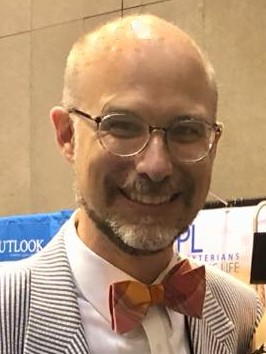
Robert Trawick is an associate professor of philosophy and religious studies at St. Thomas Aquinas College in New City, NY. A former moderator of the Hudson River Presbytery and chair of the Administrative Commission for Stony Point Presbyterian Church, Rob currently serves the denomination as an elected member of the Advisory Committee on Social Witness Policy.

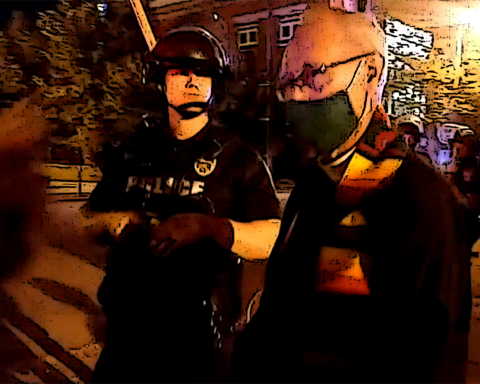
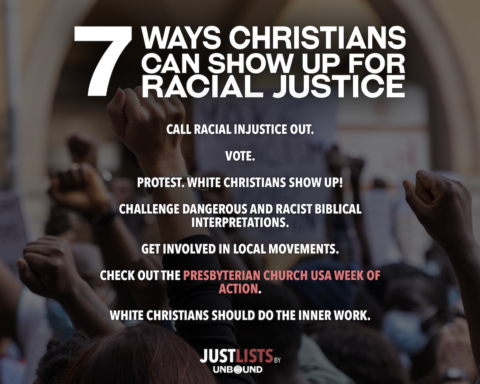
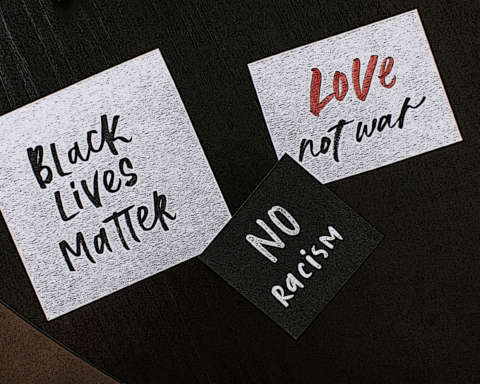

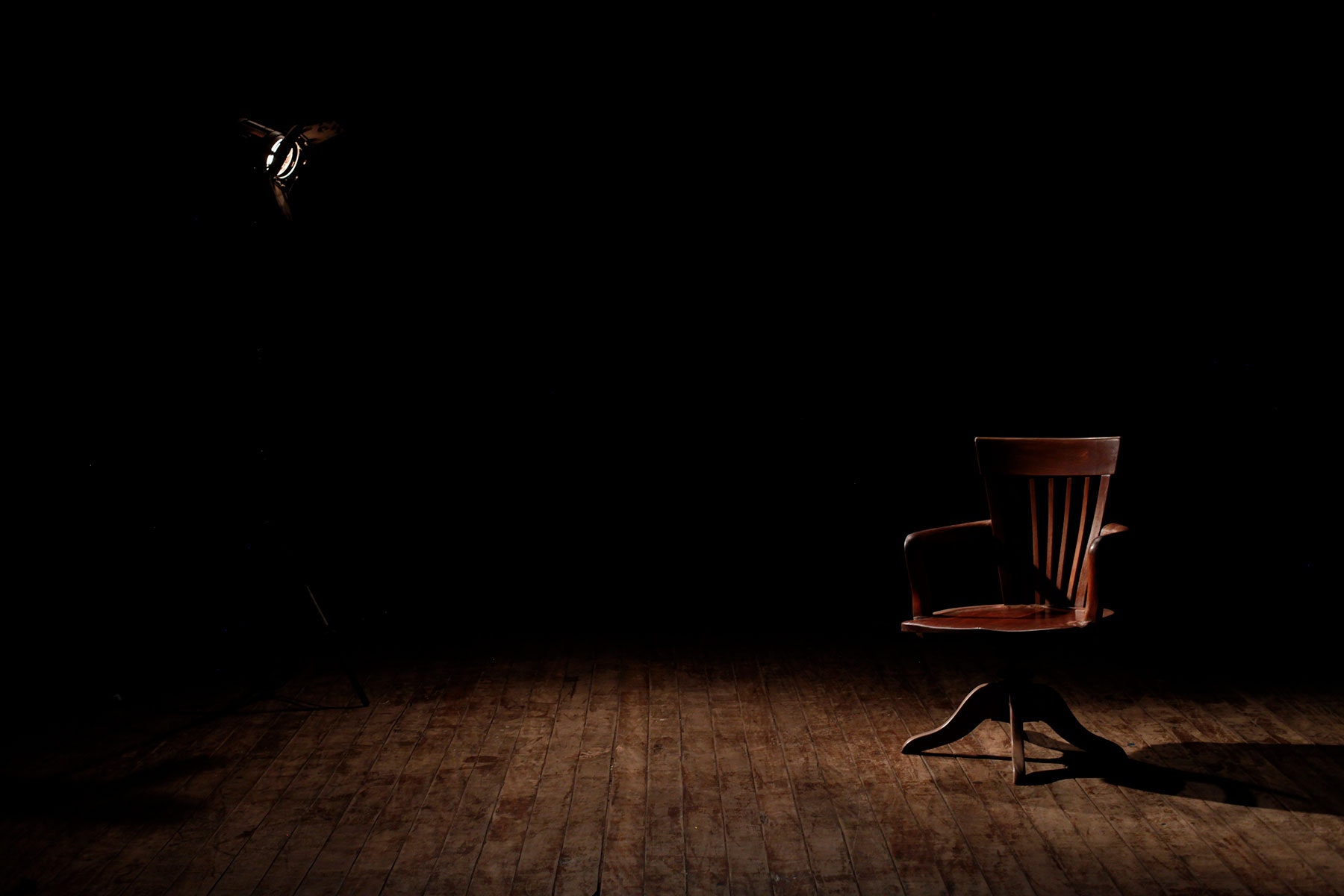
Unbound Social